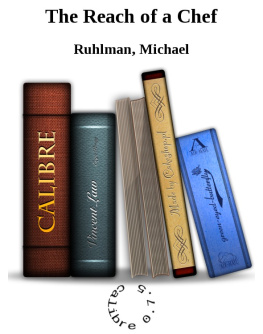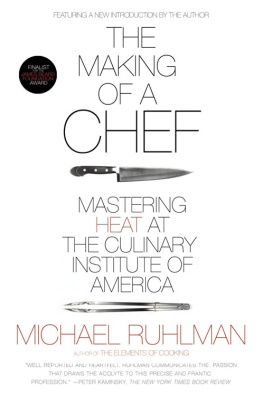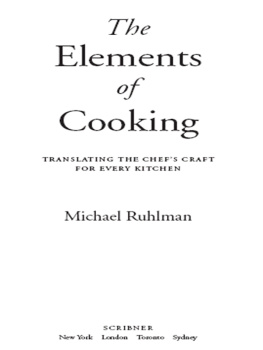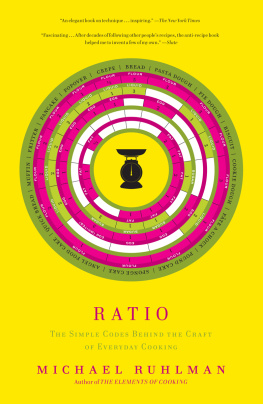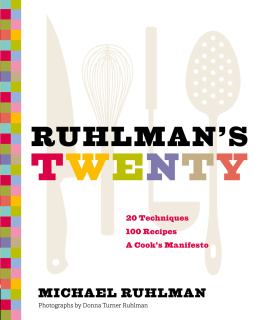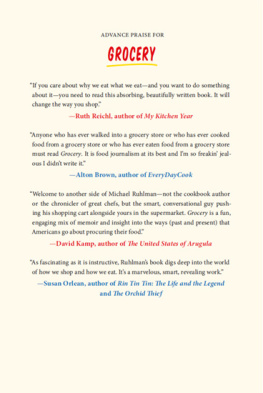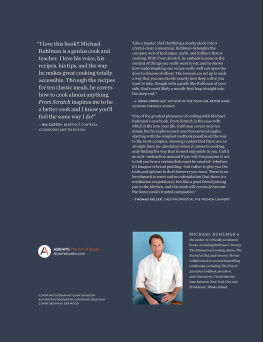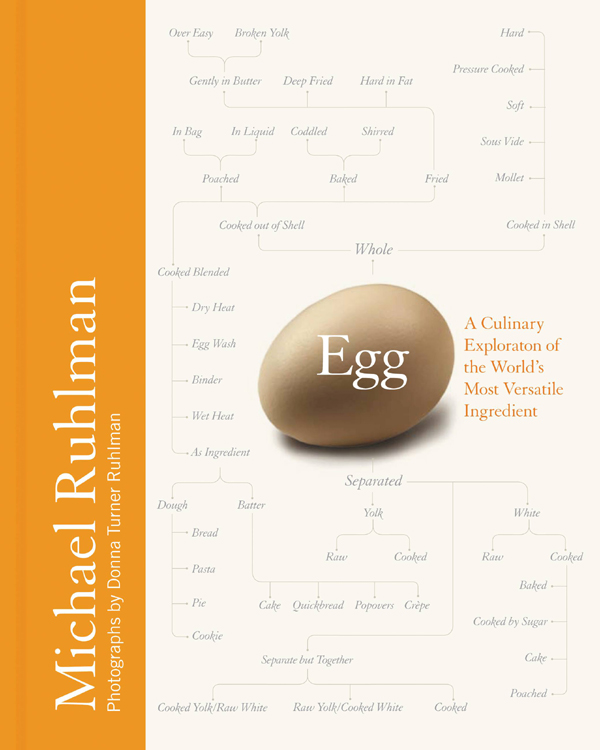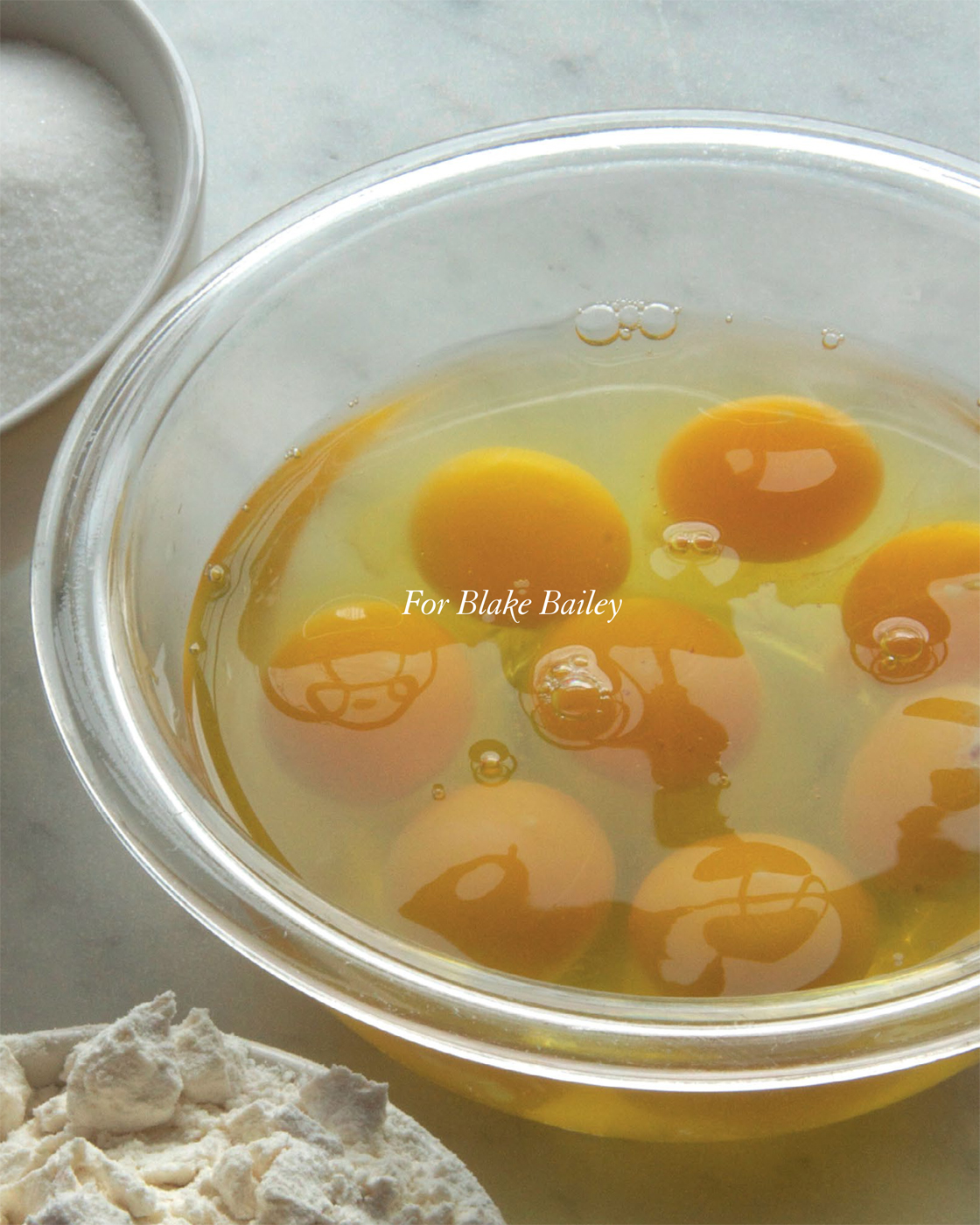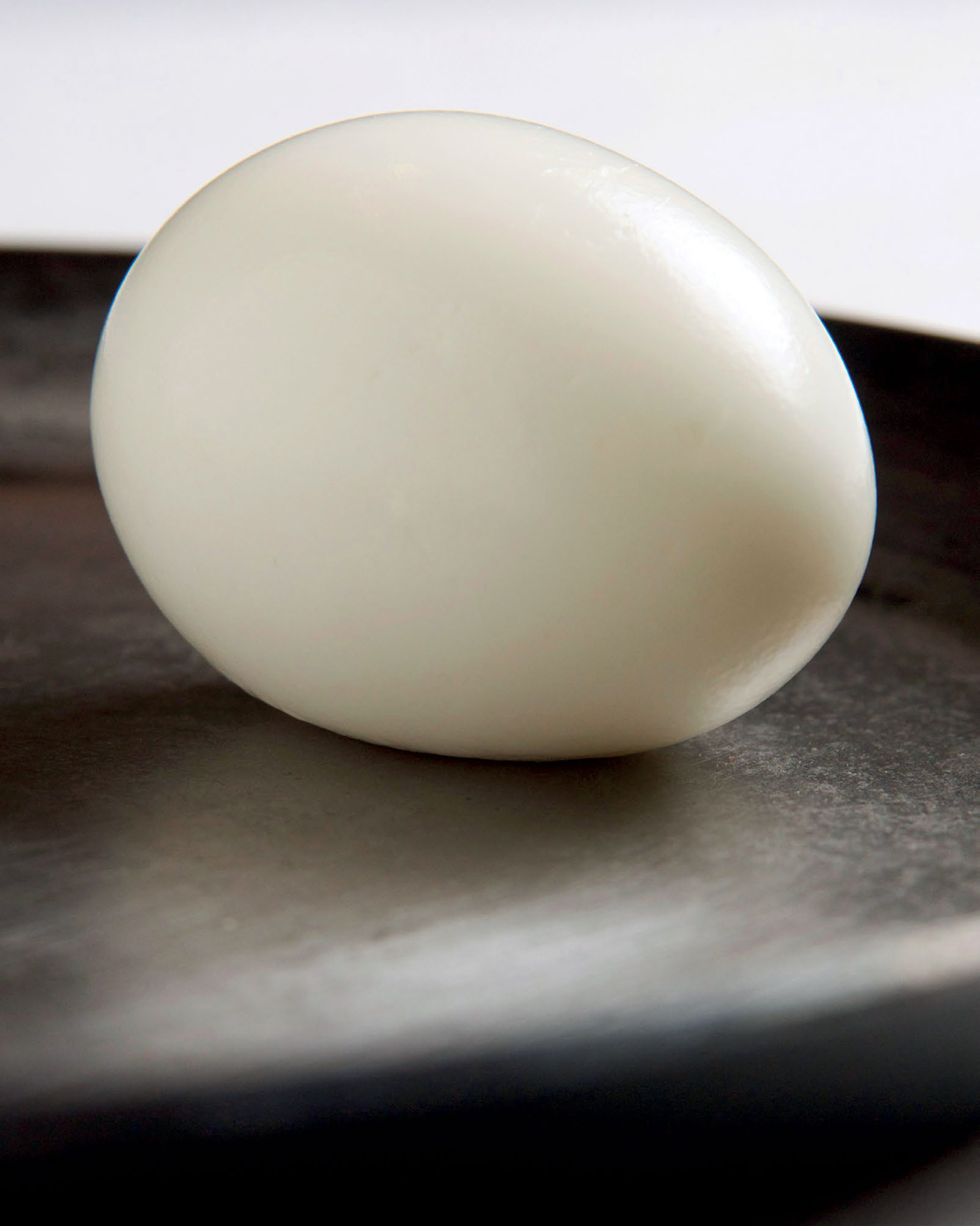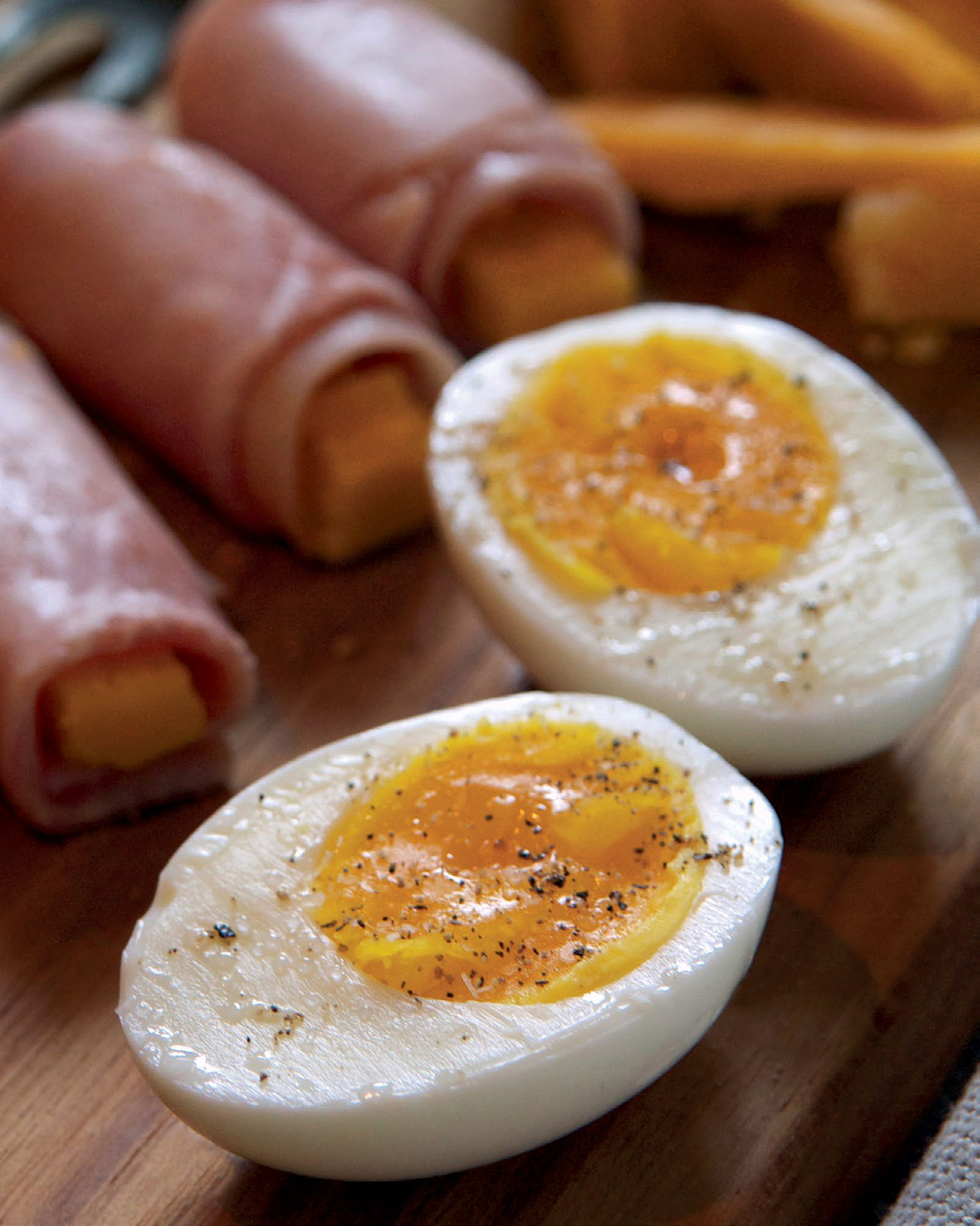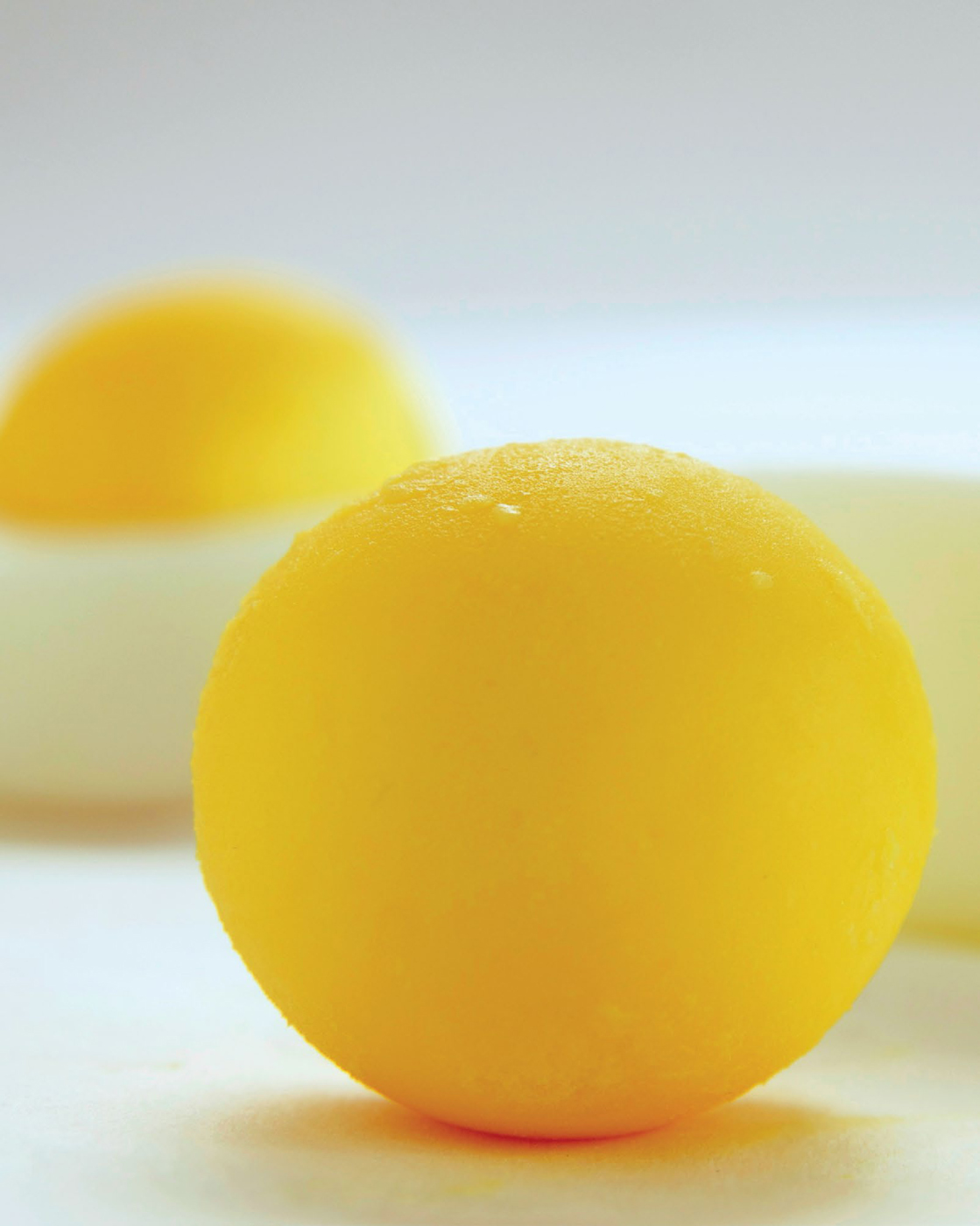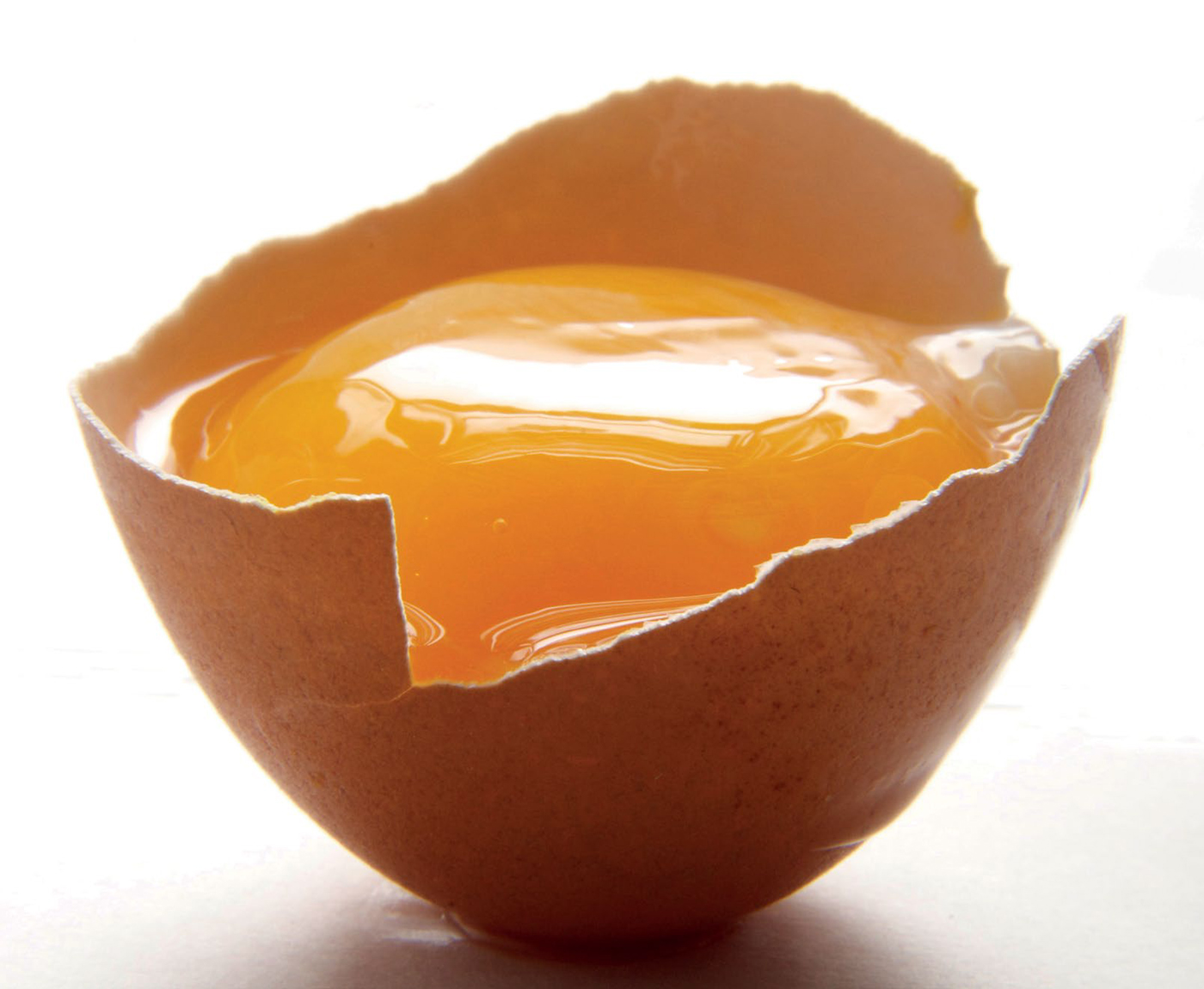Copyright 2014 by Ruhlman Enterprises, Inc.
Cover copyright 2014 by Hachette Book Group, Inc.
All rights reserved. In accordance with the U.S. Copyright Act of 1976, the scanning, uploading, and electronic sharing of any part of this book without the permission of the publisher constitute unlawful piracy and theft of the authors intellectual property. If you would like to use material from the book (other than for review purposes), prior written permission must be obtained by contacting the publisher at permissions@hbgusa.com. Thank you for your support of the authors rights.
The publisher is not responsible for websites (or their content) that are not owned by the publisher.
The Hachette Speakers Bureau provides a wide range of authors for speaking events. To find out more, go to hachettespeakersbureau.com or call (866) 376-6591.
I was on the phone with author and television personality Alton Brown not long ago, whom I first met while taping season one of The Next Iron Chef America. He asked what I was working on.
I want to write about the egg, I said, all the things you can do with an egg, and how if you knew everything about cooking with eggs, you would become a better cook in a hundred different ways.
He said, Yeah, Ive always liked to say that the egg is the Rosetta stone of the kitchen.
That is exactly what makes Alton Brown so good on TVhe cuts right to the chase with the perfect metaphor: an ancient stone that helped us decipher a little-known language. Like that Rosetta stone, the egg, far more ancient, unlocks the secret language of the kitchen. Learn the language of the eggunderstand completely this amazing and beautiful oblong orband you can enter new realms of cooking, rocketing you to stellar heights of culinary achievement.
The greatest of all our foods, the egg combines beauty, elegance, and simplicity, a miracle of natural design and, as food, bounty. Containing all of the nutrients required to create life, eggs give our bodies a powerful combination of proteins, amino acids, fatty acids, antioxidants, minerals, and vitamins, a package unmatched by any other single food.
The egg represents food at an almost primordial level when we eat it raw, consuming the liquidy stuff of life itself, and is capable of being transformed into the most sophisticated of culinary creations. I think of my friend and collaborator Thomas Keller and his truffle custardegg and cream flavored with white truffle, cooked and served in the shell with a potato chip garnish. Its one of the finest four-star dishes ever created, and its nothing more than egg, cream, truffle, potato. Genius in its simplicity.
The eggs shell is delicate but sturdy, porous but protective. Inside, more than a dozen different proteins form the white, the albumen, each serving a specific function in the developing creaturesome feeding the embryo, some fending off large predators, others disabling harmful microbes. Its evolution at its most elegant and offers the cook a range of culinary acrobatics that give us an airy cake, a crisp meringue, a pillowy souffl, or a tightly bound seafood terrine.
The yolk, that rich and fatty orbsuspended at either end within the albumen by protein coils called chalazaeis the nutrient center of the egg, accounting for three-quarters of the eggs calories. It also contains iron, thiamin, vitamin A, protein, cholesterol, and lecithin (a badass fat-water-hybrid molecule that gives yolks the ability to emulsify a lot of fat into a small amount of water, for culinary essentials such as the humble mayonnaise and the elegant barnaise sauce).
A miracle of nature ought to be rare, like a truffle, but the egg is abundant; it ought likewise to be expensive, but instead it is among the most affordable foods in the store, costing just pennies apiece for the mass-produced varieties. At their very finestfrom free-range hens fed only organic graineggs still cost only thirty or forty cents each.
The egg, as an individual food item (say, a poached egg on whole-wheat toast), is excellent. As an ingredient the egg is also, to the chef, an emblem and test of a cooks skill. More than with any other ingredient, the way an egg is handled by a cook tells a chef 90 percent of what he or she needs to know about a prospective hire. Many chefs ask a young cook to put aside the rsum and make an omelet. Thats all thats needed as a tryout, because cooking an omelet well requires skill, knowledge, experience, and finesse.
Its this fact that long ago started me thinking about the importance of the egg to cooking generally. I got down to the business of writing about the egg in Ruhlmans Twenty, devoting an entire chapter to it, beginning thus:
If you could choose to master a single ingredient, no choice would teach you more about cooking than an egg. It is an end in itself; its a multipurpose ingredient; its an all-purpose garnish; its an invaluable tool. The egg teaches your hands finesse and delicacy. It helps your arms develop strength and stamina. It instructs in the way proteins behave in heat and in the powerful ways we can change food mechanically. Its a lever for getting food to behave in great ways. Learn to take the egg to its many differing ends, and youve enlarged your culinary repertoire by a factor of ten.
For this book I wanted to write about all those differing ends, working my way back to the egg. And in thinking about those ends, I began to break down the egg into its many uses. It quickly developed in my head not as ends, or single recipes, but as a unity, a single complex image in which everything is connected. Nature loves simplicity and unity: the hens egg is an expression of natures genius.


